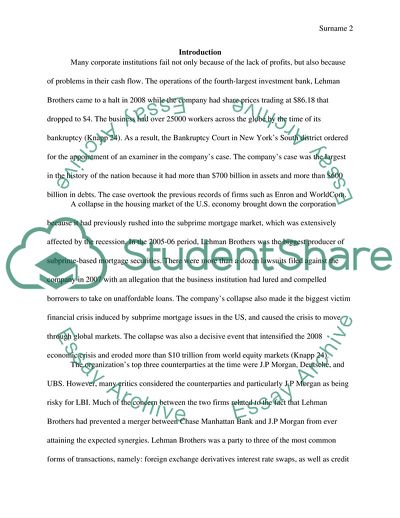Cite this document
(Auditing Case Study Example | Topics and Well Written Essays - 2500 words, n.d.)
Auditing Case Study Example | Topics and Well Written Essays - 2500 words. https://studentshare.org/finance-accounting/1867534-auditing
Auditing Case Study Example | Topics and Well Written Essays - 2500 words. https://studentshare.org/finance-accounting/1867534-auditing
(Auditing Case Study Example | Topics and Well Written Essays - 2500 Words)
Auditing Case Study Example | Topics and Well Written Essays - 2500 Words. https://studentshare.org/finance-accounting/1867534-auditing.
Auditing Case Study Example | Topics and Well Written Essays - 2500 Words. https://studentshare.org/finance-accounting/1867534-auditing.
“Auditing Case Study Example | Topics and Well Written Essays - 2500 Words”. https://studentshare.org/finance-accounting/1867534-auditing.


